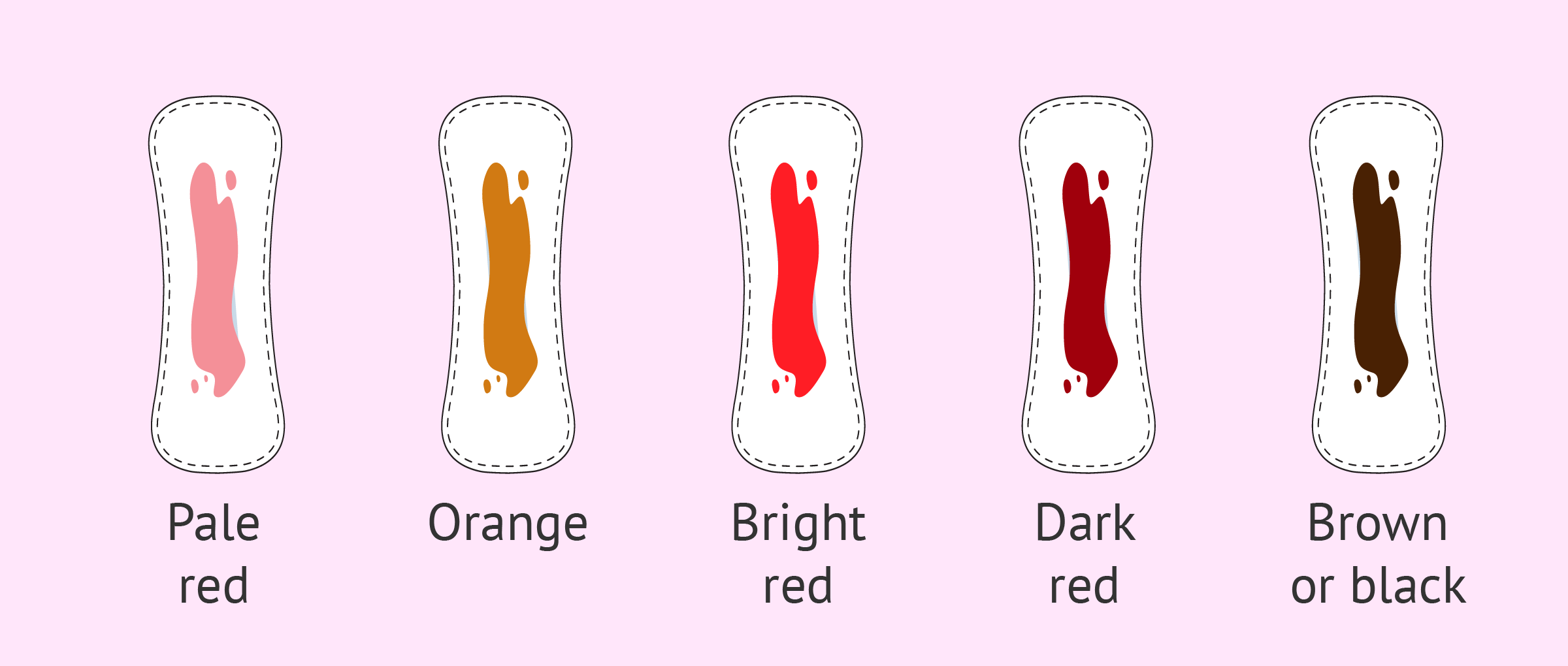Amazing Tips About How To Prevent Colors From Bleeding

Stopping the bleed.
How to prevent colors from bleeding. Here's how to prevent this annoying dye transfer: Hard water transfers colors in the wash more easily, but it is easy to soften the water with 1/2 cup of vinegar every time you wash. Cold water helps to prevent the fabrics of the clothing from opening up as much to allow the colour to run.
Use the lowest water temperature possible to wash colored. Sort clothes with similar colors and weight. Create a paste using baking soda and water and apply it directly to the dye.
Excessive exposure to hot water during washing can cause the mordant to be washed out of the fabric. Preventing bleeding is typically a part of hemophilia treatment. Soak the garment in a mixture of cool water and oxygen bleach if the stain persists.
How to prevent colour bleeding and staining in 6 steps. Stop the bleed, a simple course to teach people how to control bleeding during the first moments after a serious injury, is gaining momentum. 2 how to stop fabric from bleeding.
You just drop one sheet or two (for larger loads) into the washing machine with your fabrics or quilt. Will using a gentle or delicate wash cycle help prevent color bleeding? Use cold water:
As far as colored laundry is concerned, the good news is that the acetic acid in vinegar acts to prevent colors from bleeding. Hot water breaks down dyes and causes clothes to bleed. Using a gentle wash cycle can help prevent color bleeding.
It prevents both bleeding from minor injuries and damage to joints that can. Any dye released by your fabric is. You can control some of the color loss by keeping in mind a few tips:
Cold water is gentler on fabrics and minimizes the risk of color particles. Wash with cold water: Wash clothes with similar colours.
Washing your colored fabrics in cold water helps prevent color bleeding. These steps help to prolong the life of the fabric and keep the dye. When washing your clothes in the washer, it’s a good idea to check the color chart before you start.
Hot water makes fabrics more malleable. Once you understand the reason for the color bleeding, you may begin to address the. Apply a baking soda paste.




:max_bytes(150000):strip_icc()/set-and-stop-fabric-dye-bleeding-2146657_07-b272263d4efb4b4995f42113e5f9622f.jpg)


:max_bytes(150000):strip_icc()/set-and-stop-fabric-dye-bleeding-2146657-FINAL-5baa7bd3c9e77c0025d1eeb3.png)










